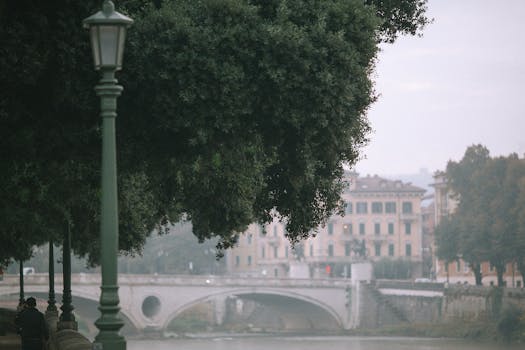
Urban Green Spaces: The Future of Outdoor Living in European Cities by 2025
Urban Green Spaces are becoming increasingly important in European cities, and by 2025, they will play a vital role in shaping the future of outdoor living. With the rise of urbanization and the growing concern for sustainability, green spaces are no longer just a luxury, but a necessity for the well-being of citizens.
Introduction to Urban Green Spaces
Urban green spaces refer to areas in cities that are reserved for parks, gardens, and other green areas. These spaces provide a range of benefits, including improved air quality, reduced noise pollution, and increased biodiversity. They also offer opportunities for recreation, socialization, and relaxation, making them an essential component of urban planning.
Benefits of Urban Green Spaces
The benefits of urban green spaces are numerous. Some of the most significant advantages include:
- Improved mental health and well-being: Studies have shown that spending time in nature can reduce stress, anxiety, and depression.
- Increased physical activity: Green spaces provide opportunities for outdoor recreation, such as walking, cycling, and sports.
- Enhanced air quality: Vegetation in green spaces can absorb pollutants and improve air quality.
- Support for biodiversity: Urban green spaces can provide habitats for a range of plant and animal species.
Challenges Facing Urban Green Spaces
Despite the benefits of urban green spaces, there are several challenges that cities face in creating and maintaining these areas. Some of the most significant challenges include:
- Limited space: Many cities are densely populated, making it difficult to find space for green areas.
- Funding constraints: Creating and maintaining green spaces can be expensive, and cities may not have the necessary funding.
- Climate change: Climate change can impact the health and resilience of green spaces, making them more vulnerable to extreme weather events.
The Future of Urban Green Spaces in European Cities
By 2025, urban green spaces will play a vital role in shaping the future of outdoor living in European cities. Some of the trends that will shape the future of urban green spaces include:
- Increased use of green roofs and walls: Green roofs and walls can provide additional green space in cities, while also reducing energy consumption and improving air quality.
- Integration of green spaces into urban planning: Cities will prioritize the creation of green spaces in urban planning, recognizing their importance for the well-being of citizens.
- Use of technology to enhance green spaces: Technology, such as smart parks and green space management systems, will be used to enhance the efficiency and effectiveness of green spaces.
Conclusion
Urban Green Spaces are essential for the well-being of citizens in European cities, and by 2025, they will play a vital role in shaping the future of outdoor living. While there are challenges to creating and maintaining these areas, the benefits they provide make them a necessity for sustainable urban planning. As cities continue to evolve and grow, it is essential that urban green spaces are prioritized, and their importance is recognized for the health, happiness, and well-being of citizens.






